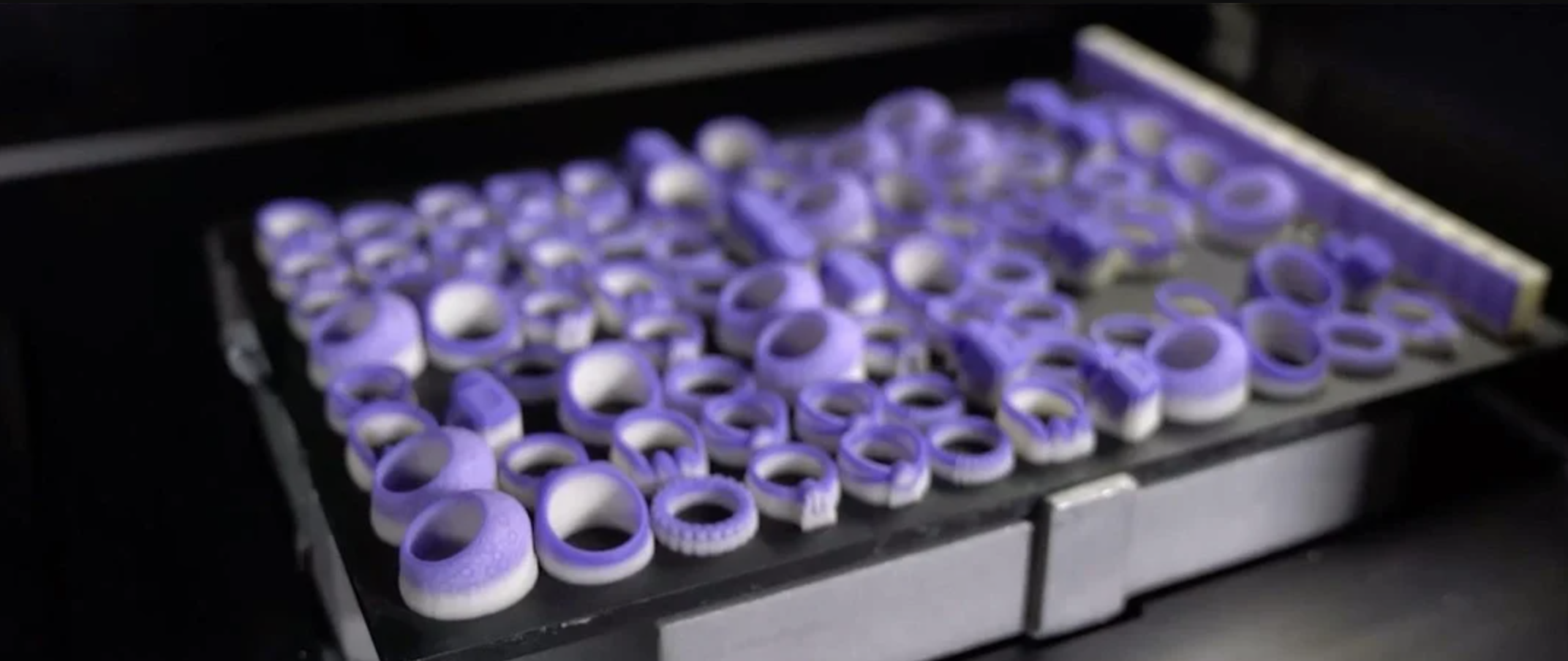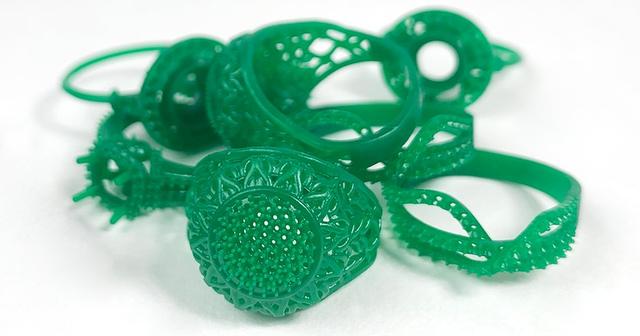3D Printing for Jewellery Industry
3D printing technology is growing and is starting to revolutionize the jewellery industry across Canada.

By allowing designers to create complex and intricate designs with ease, 3D printing is making it possible for jewellers to create custom and one-of-a-kind pieces that were previously impossible to manufacture.
One of the key advantages of 3D printing for jewellery is its ability to create highly complex designs. Traditional jewellery manufacturing techniques are often limited by the tools and machinery available, but 3D printing allows designers to create virtually any shape or geometry they can imagine. This opens up a world of possibilities for unique and intricate designs that would be difficult or impossible to create using other methods.
Another advantage of 3D printing is its speed and efficiency, Traditional jewellery manufacturing can be a slow and labor-intensive process, but 3D printing allows designers to quickly and easily create multiple versions of a design, making it easier to iterate and perfect their creations. This can help save time and money, making the production process more efficient and cost-effective.

In addition to its design and manufacturing capabilities, 3D printing also offers the potential for custom and personalized jewellery. By using 3D scanning technology, jewellers can create exact replicas of existing pieces of jewellery based on a customers requirements. This allows for the creation of truly unique and one-of-a-kind pieces that are tailored to the individual customer’s preferences.
Overall, 3D printing is a technology is having a large impact on the jewellery industry. It ability to create complex designs, speed up the manufacturing process, and offer customized, personalized, options make it an exciting and promising technology for the future of jewellery.
Overall, there are many different types of 3D printing technology that are commonly used for jewellery applications. The type of technology that is best suited for a particular jewellery application will depend on factors such as the desired material, design complexity, and production volume.
Stereolithography (SLA) and Digital Light Processing (DLP) are both 3D printing technologies that use light to cure and solidify layers of liquid resin to create a physical object. The main difference between the two technologies is the way in which the light is applied to resin:
With SLA, a laser is used to cure and solidify the resin. The laser is directed onto the surface of the resin by a series of mirrors, which allows for a high level of precision and accuracy. The laser is typically moved in a pattern that follows the contours of the design, curing the resin layer by layer as it moves.
In DLP, a digital light projector is used to cure the resin. The projector displays the entire layer of the design onto the resin at once, using a high-intensity light to cure the resin quickly and efficiently. This allows for faster print speeds than SLA, but can result in slightly lower resolution and accuracy.
Overall, the main difference between SLA and DLP is the way in which the light is applied to the resin. SLA uses a laser for high precision and accuracy, while DLP uses a digital light projector for faster printing speeds. Both technologies have their own unique benefits and limitations, and the best choice will depend on the specific application and desired results.



